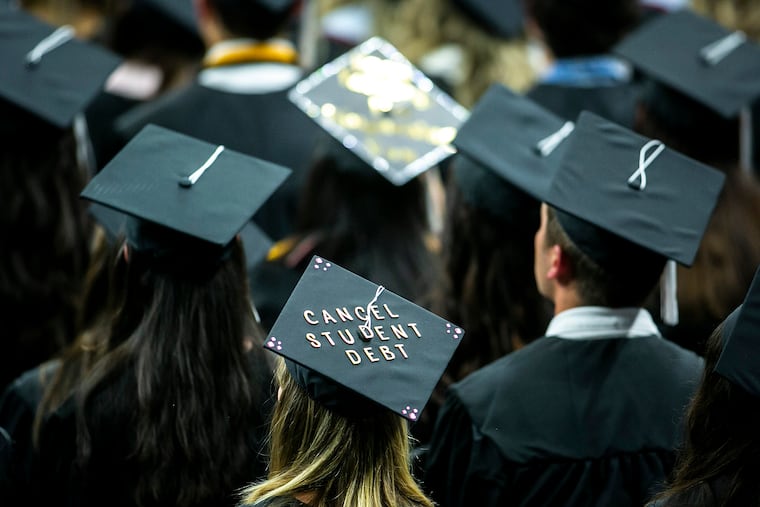The end of the student loan payment moratorium comes at a tough time for the economy
Given the economic fallout from the end of the payment moratorium, getting monetary policy right will be considerably more difficult.

Given the economic fallout from the end of the payment moratorium, getting monetary policy right will be considerably more difficult.
